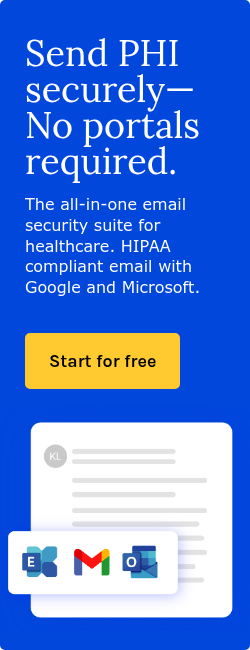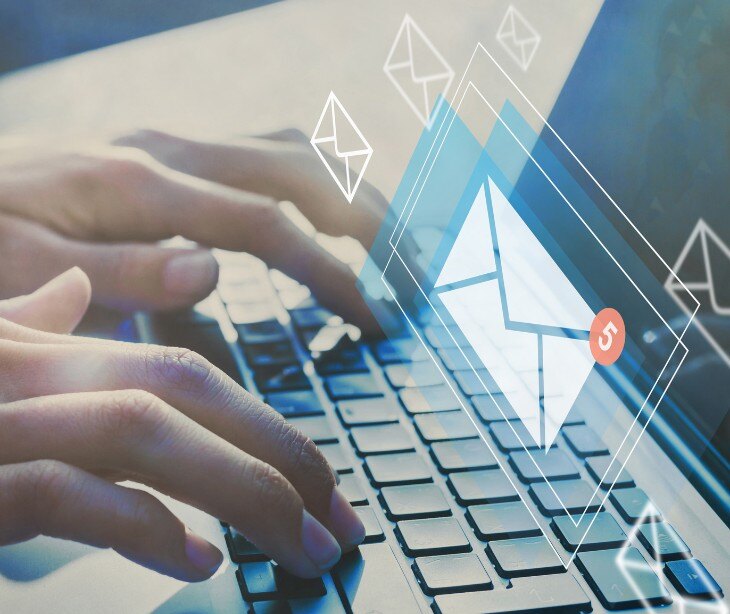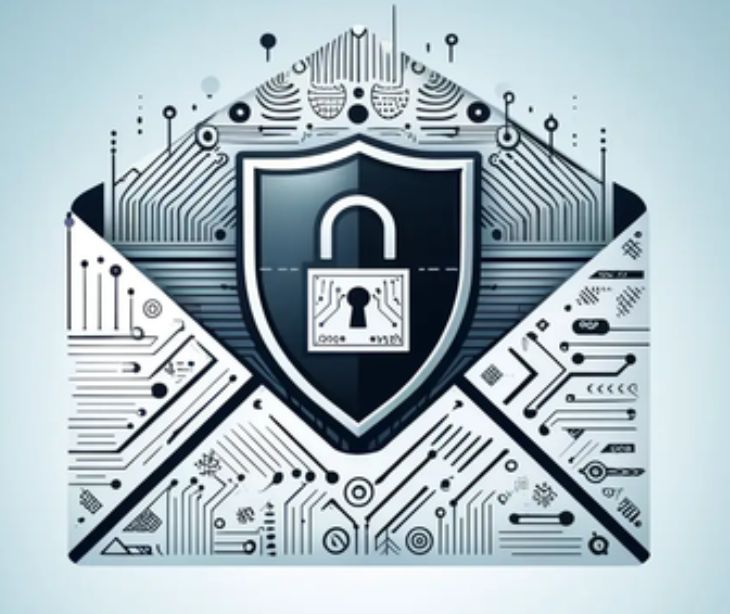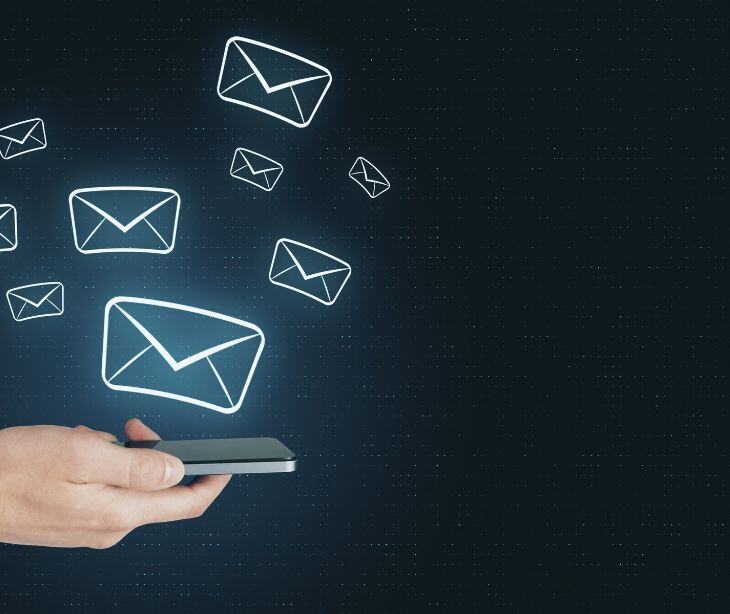2 min read
Best practices for patient communication using HIPAA compliant email
Tshedimoso Makhene
February 15, 2025

Using HIPAA compliant email to communicate with patients requires adherence to best practices to ensure privacy, security, and compliance.
Patient communication
According to the HHS, “The Privacy Rule allows covered health care providers to communicate electronically, such as through email, with their patients, provided they apply reasonable safeguards when doing so. See 45 C.F.R. § 164.530(c).” Under this section, HIPAA requires that covered entities implement safeguards to any electronic communication.
Best practices
Use a HIPAA compliant email provider
Not all email services are designed to protect PHI. Healthcare providers should choose an email provider that offers encryption and other security features, like Paubox. Additionally, the email provider must sign a business associate agreement (BAA), which outlines its responsibilities for safeguarding PHI.
See also: Top 12 HIPAA compliant email services
Obtain patient consent
Before communicating with patients via email, obtain their written authorization. Patients must be informed about the potential risks of email communication, including interception by unauthorized parties. A simple consent form should explain how their data will be used and protected.
Encrypt emails containing PHI
Although encryption is not mandatory under HIPAA, encrypting emails can help safeguard patient information. Transport layer security (TLS) encryption should be used for emails in transit. For highly sensitive information, additional measures such as encryption or password-protected attachments should be implemented to prevent unauthorized access.
Limit PHI in email content
To minimize risks, include only the minimum necessary PHI in emails. Avoid sharing full medical records, Social Security numbers, or other highly sensitive details.
Verify recipient identity
Misdirected emails pose a risk to patient privacy. Always double-check recipient email addresses before sending messages. Using two-factor authentication (2FA) for accessing email accounts can also provide an extra layer of security and help prevent unauthorized access.
Go deeper: How to verify an email recipient
Include a HIPAA compliant disclaimer
Adding a confidentiality notice to every email can serve as a reminder about the sensitive nature of the content. A sample disclaimer might read:
“This email may contain protected health information (PHI) and is intended only for the recipient. If you received this email in error, please notify us immediately and delete it.”
Secure email storage and access
Emails containing PHI should be stored securely, using encrypted servers. Healthcare providers should implement strong password policies and enforce multi-factor authentication (MFA) to protect email accounts from unauthorized access.
Train staff on HIPAA email compliance
Ensuring HIPAA compliance requires continuous education. Staff should be trained on:
- Identifying phishing attacks and other email-based threats
- Properly handling PHI in emails
- Recognizing unauthorized access attempts
- Regular training helps prevent human errors that could lead to HIPAA violations.
Learn more: How staff training ensures HIPAA compliant email
Avoid using personal email accounts
Healthcare providers and staff should never use personal email services such as Gmail, Yahoo, or Outlook for patient communication. These platforms do not offer the necessary HIPAA compliant security features. Instead, organizations should require the use of approved HIPAA compliant email platforms such as Paubox Email Suite.
Have a breach response plan
Even with the best precautions, email security incidents can still occur. Healthcare providers should have a clear breach response plan that includes:
- Steps for investigating unauthorized disclosures
- Notifying affected patients and authorities as required by HIPAA
- Implementing corrective measures to prevent future incidents
FAQS
What makes an email HIPAA compliant?
A HIPAA compliant email must have encryption, access controls, audit logs, and a signed BAA with the email provider.
Is it necessary to include a disclaimer in every email?
Adding a confidentiality disclaimer can help reinforce the sensitive nature of the communication and serve as a legal safeguard.
Read also: Why email disclaimers are not enough for HIPAA compliance
Subscribe to Paubox Weekly
Every Friday we'll bring you the most important news from Paubox. Our aim is to make you smarter, faster.




